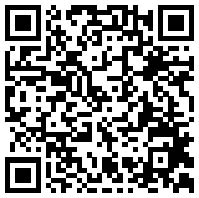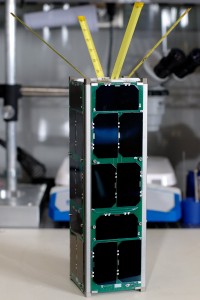Since communication is the topic of the week, the new AMS draft statement on “Communicating Science” is never far from our minds during this meeting. The statement is available for comment until 2 February, which means discussions here could help shape that document.
Not surprisingly the statement addresses how AMS membership should communicate not only the “nature and practice of science” but also its results to a wide variety of nonscientific audiences.
One of the most challenging aspects of that communication is summed up baldly in the statement:
Uncertainty is not equivalent to not knowing.
Therein lies a major communication challenge, because the public expect scientists to “know” things by making confident predictions, like where the planet moves and which way things fall.
Yet uncertainty is built into the scientific process just as much as making successful predictions. Uncertainty fuels new experiments and hypotheses. It can be expressed mathematically. And it actually is increasingly a basis for sophisticated, probabilistic decision making tools. Says the draft statement:
In … studies of complex phenomena such as weather and climate, [uncertainty] may contribute to knowing more.
But:
This idea has not been adequately communicated to the public.
Worse yet, as practitioners of prediction, scientists look bad when they admit uncertainty:
In a world of sound bites and rapid-fire news coverage, scientists struggle with how to convey to the public the additional information contained in statements of uncertainty and probability without seeming less credible than other voices conveying the appearance of certainty.
Since uncertainty is at the soul of the scientific process as well as its products, communicating uncertainty is at the very heart of this week’s meetings. A Town Hall meeting on “The Role of the Forecaster in Probabilistic Decision Making” on Monday (24 January, 12:15 p.m., WSCC 606) continues the community follow-up to the 2006 National Research Council report, “Completing the Forecast: Characterizing and Communicating Uncertainty.” In this case, forecasters face a double-whammy. Not only is uncertainty difficult and unwelcome, but, according to the AMS statement draft,
there exists in the public mindset distrust in the ability of models to provide useful information.
On Thursday (27 January, 11 a.m.-12:15 a.m., WSCC 611) we’ll get some concrete examples of overcoming these problems in a session on “Communicating Uncertainty,” part of the Second Conference on Weather, Climate, and the New Energy Economy.” Jeanne Schneider of USDA will open with “The Necessity of Communicating Uncertainty—Lessons from the Interface.” And Deborah Smith et al. of Remote Sensing Systems will talk about “Communicating Satellite MW Ocean Product Errors to a Variety of Users” at noon.
Of course many other presentations will touch on this topic one way or another. One thing is sure: uncertainty is a major part of this year’s discussions.


